(2097 products available)




































































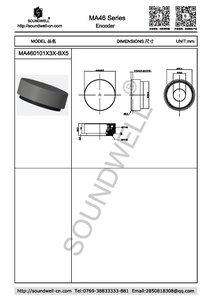
























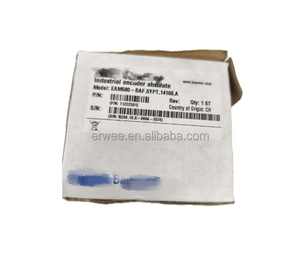



























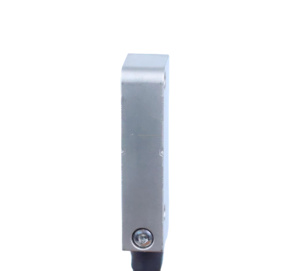









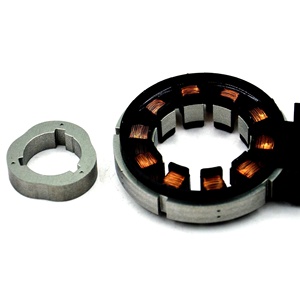






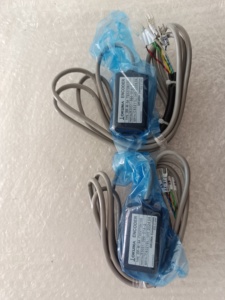








Absolute magnetic encoders come in different types. These types include:
Single Turn Absolute Encoders
This type of absolute magnetic encoder records precise angular position within a single rotation, a feature achieved by utilizing magnetic scales and reads heads. It is ideal for applications that do not need multiple turns like robotics and simple positioning.
Multi-Turn Absolute Encoders
Multi-turn absolute magnetic encoders track several rotation turns, a salient feature derived from gear mechanisms or energy harvesting systems. They are useful in applications that need complete rotational angles like automated machinery.
Linear Absolute Magnetic Encoders
They differ slightly from rotary models as they are Gauged to Measure Linear Displacements. They Track Position and Movement in Systems Needing Straight-Line Motion, Examples Being CNC Machines and 3D Printers.
Compact Absolute Encoders
Compact absolute magnetic encoders provide a solution for tight space applications. They are small in size but maintain performance and accuracy. They are often utilized in aerospace and robotics where space is very limited.
High-Resolution Absolute Encoders
These encoders employ advanced magnetic technologies in order to Offer Enhanced Precision in Position Feedback. They are critical in industries like semiconductor manufacturing where minute positional variations can greatly impact the end product.
Absolute magnetic angle encoders have different important features. These features include:
High Precision
Absolute magnetic encoders are constructed with the capability of Providing Exact Positioning without any error. They Meet Requirements for Accurate Control in Robotics and CNC Machining.
No Power Loss
These encoders are important because they do not lose absolute position information when there is power loss. They Utilize Onboard Memory to Retain Last Known Positions during Disruptions.
Durability
In most cases, absolute encoders are built to be much more Durable and Reliable in comparison to other types. They with stand harsh environments, wear, and tear, and are used in industries with extreme conditions.
Multi-Turn Tracking
Many magnetic absolute encoders have an added advantage of multi-turn tracking. This helps in complete rotation tracking using mechanisms like gears or capacitors that store energy.
High-Speed Operation
These encoders enable Quick and Accurate Position Feedback Essential for High-Speed Applications such as Robotics or Automated Manufacturing Lines.
Absolute encoders with helpful magnetic kits have diverse commercial applications. Some of these applications include:
Industrial Automation
Absolute magnetic encoders are utilized in position sensing in industrial robots and automated machinery. They help enhance accuracy and efficiency in production lines.
CNC Machinery
Magnetic encoders in this case provide precise position feedback in CNC tools. This directly translates to improved machining accuracy and operational reliability.
Robotics
Position sensing is crucial in robotics, and Absolute encoders offer precise orientation and location tracking for robotic arms and mobile robots enhancing their functionality.
Material Handling Systems
They are applied in conveyors, elevators, and other systems related to the handling of materials to monitor position and speed improving control and efficiency.
Aerospace and Defense
In these sectors, absolute magnetic encoders assign critical functions such as position sensing in flight control systems. They are built with the capacity to withstand extreme conditions while maintaining very high precision.
Elevators and Escalators
In these vertical transportation systems, they monitor position and speed. This helps in improving control, safety, and smooth operation.
3D Printing
These encoders play an important role in ensuring accurate position feedback in 3D printers. They contribute to improved layer deposition and overall print quality.
Wind Turbines
Position feedback for blade pitch control is provided by encoders resulting in improved energy capture and mechanical system protection.
Medical Devices
They are used in equipment such as surgical robots and diagnostic imaging systems to provide precise position feedback. This promotes accuracy and enhances patient safety.
There are some key factors that a buyer should consider in order to select the most suitable absolute magnetic encoder. Here are those factors:
Type
Magnetic encoders can be linear or rotary. Buyers who need encoders for applications with robotic arms or other forms of automation should go for rotary encoders. On the other hand, buyers who need encoders for linear applications should settle for linear magnetic encoders.
Resolution
Resolution is also an important factor that should be considered. Buyers should ensure that the encoder they purchase has the right resolution for their position feedback requirement. The resolution can be defined as the smallest movement increment that the encoder can detect. Therefore, it directly affects accuracy. For enhanced accuracy, buyers should go for an encoder with high resolution.
Tolerance to Environmental Conditions
Buyers should also consider getting encoders with environmental-proof features. This is especially necessary for encoders that will be applied in harsh environments. In such cases, buyers should look for an encoder with dust or waterproof housings. They should also ensure that the encoder has additional protections against high temperatures or potential impacts.
Interface Compatibility
This refers to the electrical or communication interface compatibility of the encoder to the control or monitoring system of the user. Buyers should ensure that the interface of the encoder they select is compatible with the existing hardware and software. Doing this prevents the additional costs that may be incurred as a result of compatibility issues.
Application Needs
Different applications have different requirements. Buyers should consider their specific needs when selecting an encoder. For example, in industrial automation or robotics, it may be necessary to have a multi-turn encoder. Conversely, in simpler systems where only a single rotation is necessary, a single-turn encoder would suffice.
These devices offer a unique type of position measurement feedback, retaining such information even after a complete power cycle. They are distinguished from relative encoders by this key feature of absolute position retention.
Almost all the industries use these encoders in their operations. Some of the common industries include: in industrial machinery for automation and control, in robotics for precise movement and positioning, in CNC machines for precise cutting and shaping, and in material handling for optimizing conveyor systems and other equipment.
These encoders provide high precision, reliability, and robustness in position measurement and retention. They are immune to signal interruptions, requiring no recalibration. They also offer multi-turn capabilities and high durability in industrial applications.
Yes, they do have a multi-output channel. The multiple channels facilitate redundancy or simultaneous measurement of different parameters.
The common output for channels is the incremental AB signal. This is accompanied by a reference or index pulse for each revolution. Note that different channel configurations will depend on the specific encoder model and its intended application.